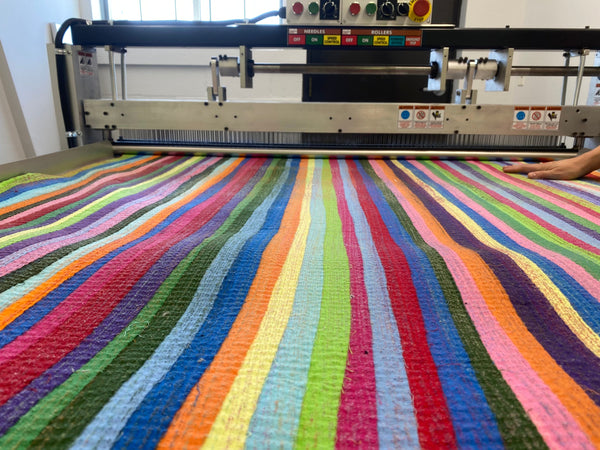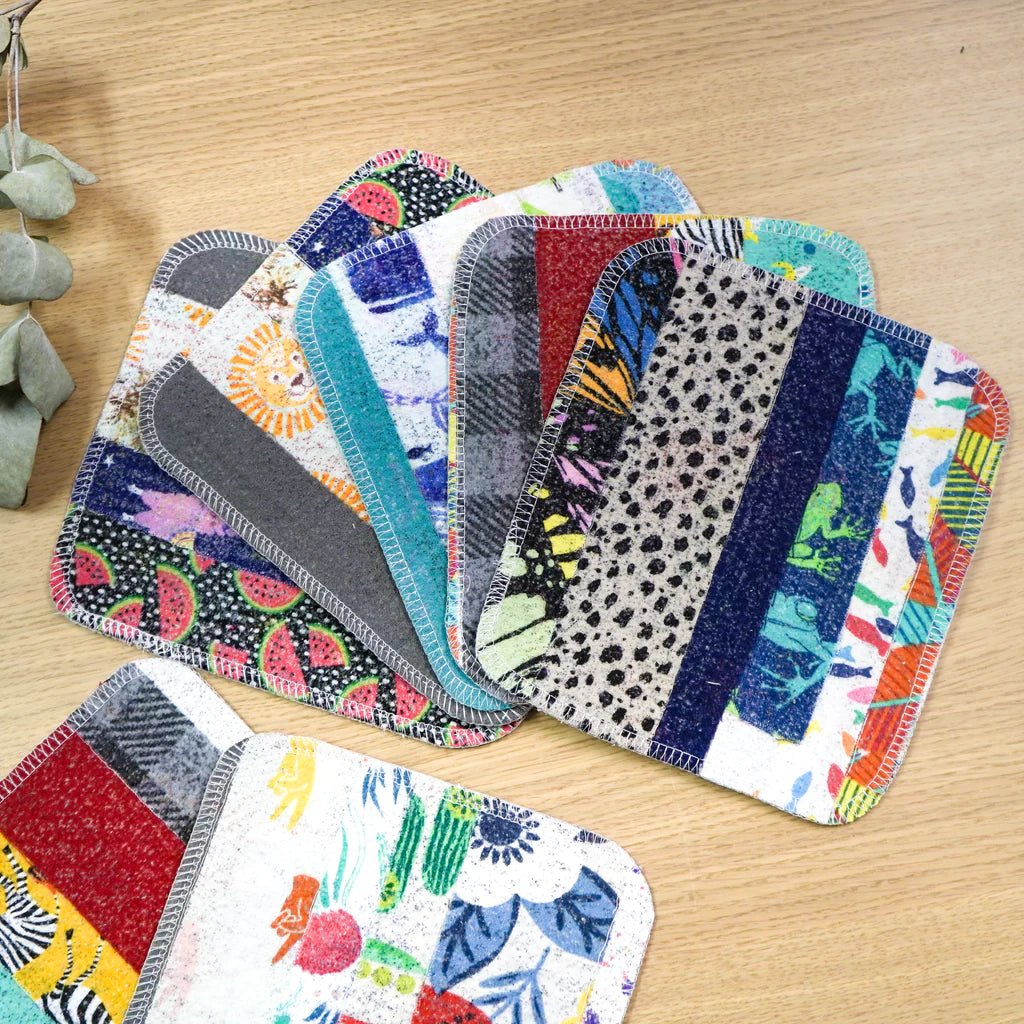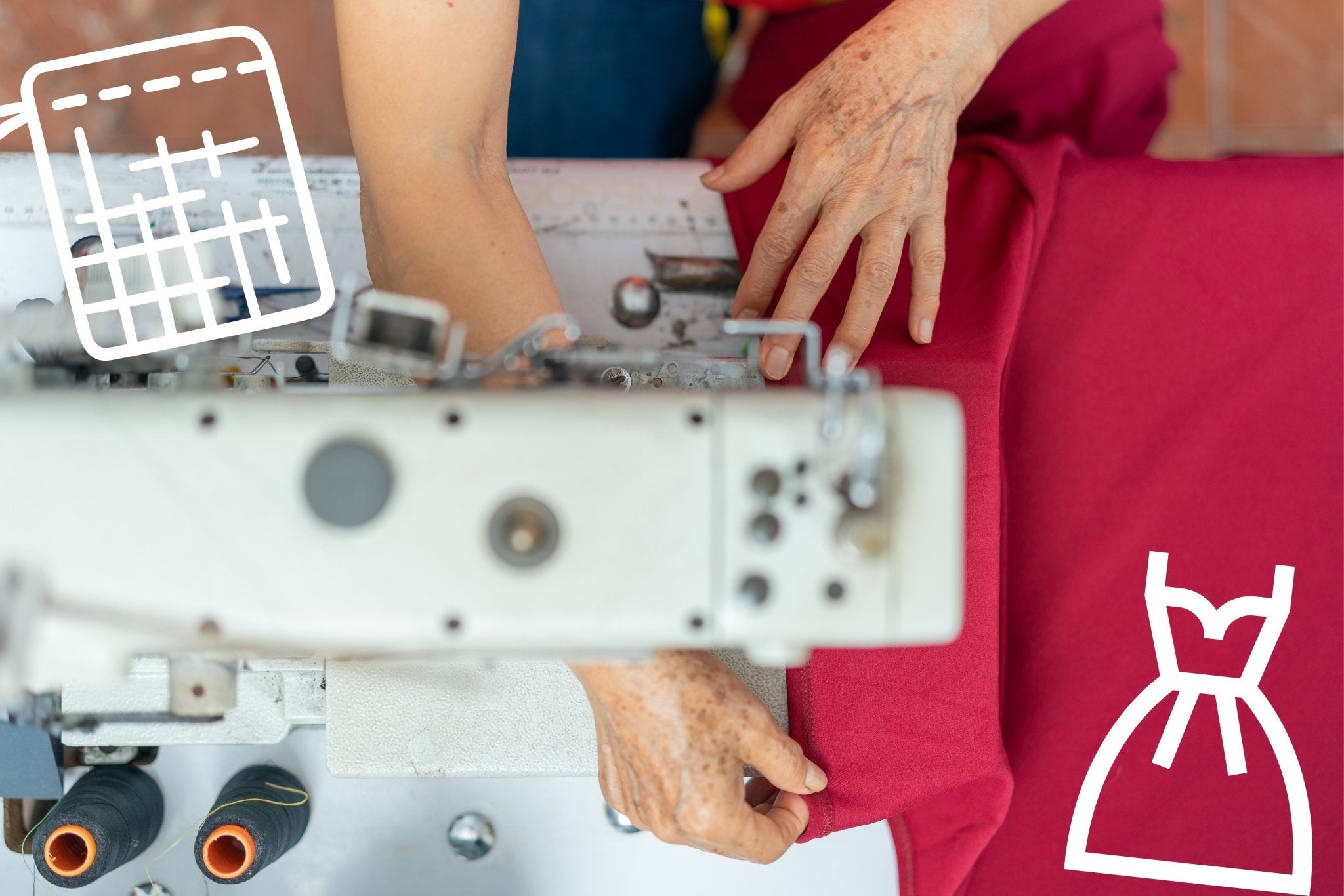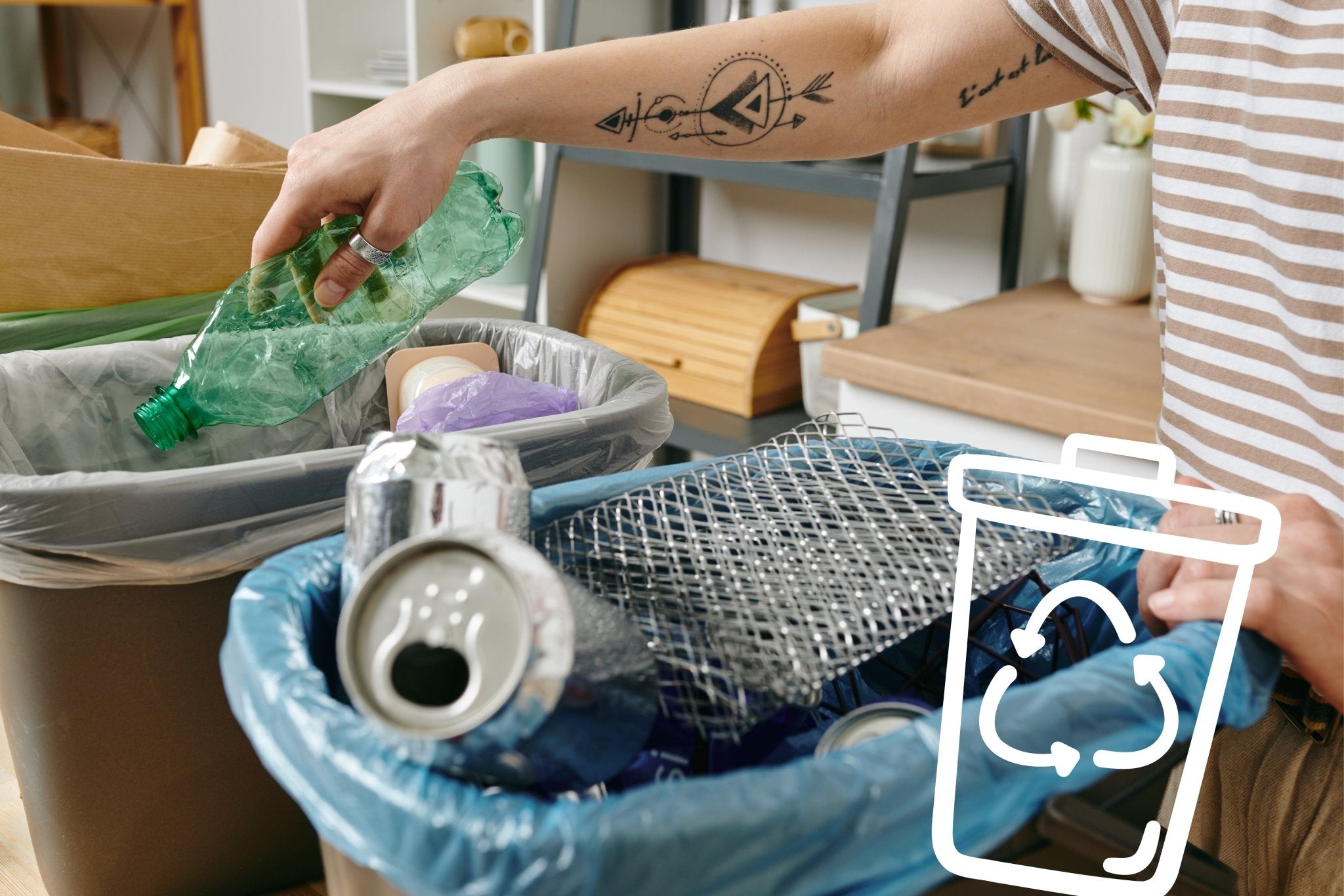Textile-based manufacturing, including the fashion industry, is one of the leading industries globally, and it produces more waste than any other manufacturing industry. In the last 40 years, the production of chemical and textile fibers has increased from 23.94 million metric tons to 105.6 million metric tons—an increase of more than four times. As demand has grown, so have concerns about the environmental impact of fiber production and disposal operations. Along with the enormous increase in pollutants going into water systems and ecologies, as well as huge amounts of energy waste, 92 Millions Tons of fabric are wasted annually in the clothing industry alone. The pre-consumer waste occurs before the garment reaches the consumer during the manufacturing process. Many fashion houses waste up to 15% of their fabric goes on the cutting room floor. Marley's Monsters does a good job of minimizing waste but still, all the fabric cannot be used. For example, there is always space between the edge of the fabric and where you can lay a pattern. There are also the woven edges on fabric, or the selvage, which is otherwise unusable. Fabric scraps like these are most often dumped into a landfill, which generates many issues for the environment. After years of holding onto scrap fabric generated through their manufacturing processes, Marley’s Monsters has developed a solution to repurpose some of that scrap fabric.

Marley’s Monsters produces many reusable textile products, like UNpaper® Towels. These eco-friendly products are incredible tools for people trying to live more sustainably. However, even the most careful production line ends up with scrap fabric. Marley's Monsters turns these scraps into felted fabric–saving more than three thousand of pounds of fabric waste a year from going into landfills each year. The process is time-consuming, but well worth it. A well-trained, capable technician can produce 4 yards of felted fabric in a day.

The process begins with collecting and sorting the scraps of fabric.

The fabric scraps are laid evenly on the machine bed, like a rectangular puzzle.
The scraps are slowly run through an industrial felting machine. The machine has a series of barbed needles. The needles repeatedly pierce the fabric, and the fibers are pulled by the barbs. These loose fibers twist and compress, creating a new fabric. Industrial needle felting is time-consuming and requires many passes through the machine.

In the final felted fabric, the colors from the original fabrics are combined in enchanting ways. The scrap felt fabric is then used to manufacture new products.
Scrap Felt - Fabric for Function
The final felted materials are wonderful to use--very durable and easy to clean. The thick material is particularly good for items that will stand up to wear. The Marley's Monsters Scrap Felt Dish Cloth is the ultimate hand-dishwashing tool. It is more durable than a disposable sponge–and more sustainable given it's a zero-waste product. Similarly, the Scrap Felt Mop Pads put disposable mop heads to shame. They’re absorbent, durable, and zero waste–no floor will remain dirty if you have these on hand.
The confetti-color effect of the fabric makes for a stylish production material. The Marley’s Tote made from scrap felt goes with any outfit. They are perfect for busy women, toting a laptop or a lunch. Similarly, the Scrap Felt Coasters work with any home decor. While they’re super absorbent, they can also be washed if you have messy guests. Each Scrap Felt item from Marley’s Monsters is one of a kind!



